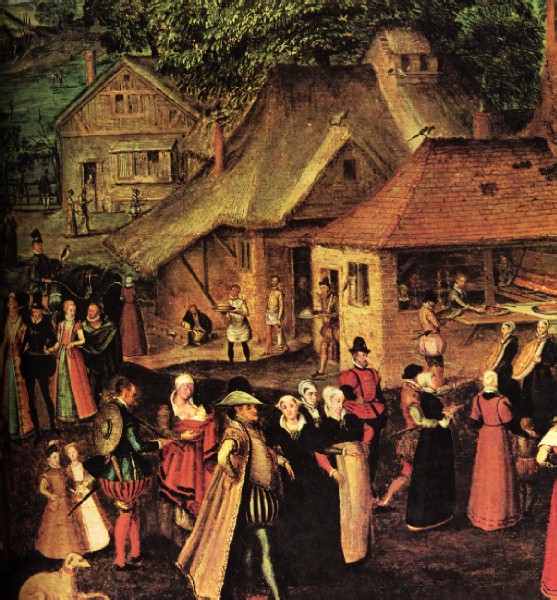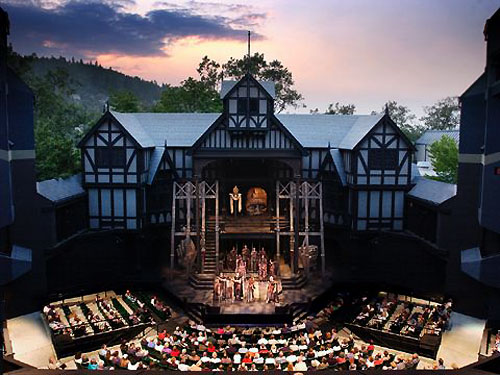A distinctly English form of tragedy begins with the Elizabethan era. William Shakespeare’s Hamlet very closely follows the dramatic conventions of revenge in Elizabethan theater. All revenge tragedies originally stemmed from the Greeks, who wrote and performed the first organized plays.
After the Greeks came the Roman, Seneca, who had a great, influence on all Elizabethan tragedy writers. The translation of Seneca and the reading of Aristotle’s Poetics were major influences. Many critics and playwrights, such as Ben Jonson, insisted on observing the classical unities of action, time and place (the action should be one whole and take place in one day and in one place).
Elizabethan Tragedy
However, it was romantic tragedy, which Shakespeare wrote in Richard II, Macbeth, Hamlet, and King Lear, which prevailed. Romantic tragedy disregarded the unities, mixed tragedy and comedy, and emphasized action, spectacle, and increasingly sensation.
Elizabethan Poetry
Shakespeare violated the unities in these ways and also in mixing poetry and prose and using the device of a play-within-a-play, as in Hamlet. The Elizabethans and their Jacobean successors acted on stage the violence that the Greek dramatists reported. The Elizabethan and later the Jacobean playwright had a diverse audience to please, ranging from Queen Elizabeth and King James I and their courtiers to the lowest classes.

Revenge although thought to be unlawful and malevolent to the Church, was adored by many Elizabethan people. Finally, in Act V, Scene 2, Hamlet carries out the revenge of his father’s death. The murder was committed and Hieronimo had to take justice into his own hands because true justice simply wasn’t available. The sexual aspect of the play is clearly introduced when Claudius, Hamlet’s uncle, marries Hamlet’s mother Gertrude.
Hamlet as well as The Spanish Tragedy sufficed all required areas for the consummation of a great revenge tragedy. Hieronimo importantly secures his legal rights before taking justice into his own hands. “The revenger, by taking law into his own hands, completely turns against the political authority of the state. Hamlet therefore decided not to murder Claudius at this point in the play, because the revenge would not be complete.
Elizabethan Dramatists
The third delay was due to the fact that outside forces distracted Hamlet. His first point was the fundamental motive was revenge, and that an accomplice always aids the revenge. “For the Renaissance Italian, French, and English dramatists, classical tragedy included only the ten Latin plays of Seneca, and excluded Euripides, Aeschylus and Sophocles.
With this play, Elizabethan theater received its first great revenge tragedy, and due to the success of this particular play, the dramatic form was imitated. In Hamlet, Shakespeare follows convention for a majority of the play. Christopher Marlowe’s tragedies showed the resources of the English language with his magnificent blank verse, as in the Tragedy of Dr.

Faustus, and the powerful effects that could be achieved by focusing on a towering protagonist, as in Tamburlaine. In Elizabethan tragedy, the individual leads to violence and conflict. A distinctly non-Aristotelian form of tragedy developed during this period was the tragicomedy.
In a tragicomedy, the action and subject matter seem to require a tragic ending, but it is avoided by a reversal which leads to a happy ending; sometimes the tragicomedy alternates serious and comic actions throughout the play. Because it blends tragedy and comedy, the tragicomedy is sometimes referred to as a “mixed” kind.
More Info On- Elizabethan Literature, Theatre Facts